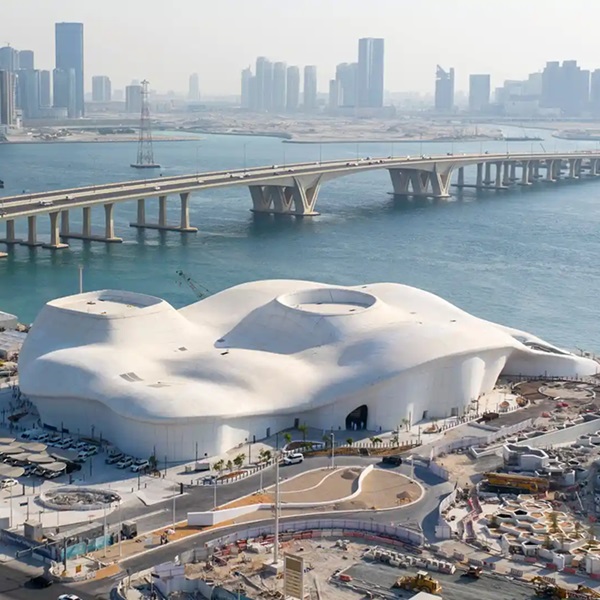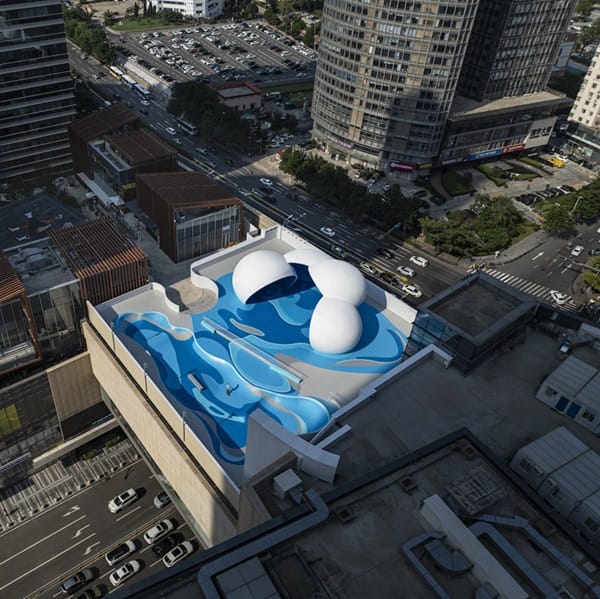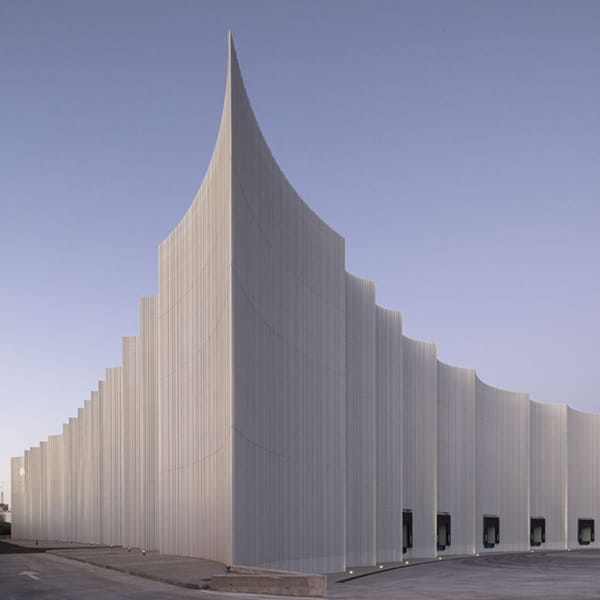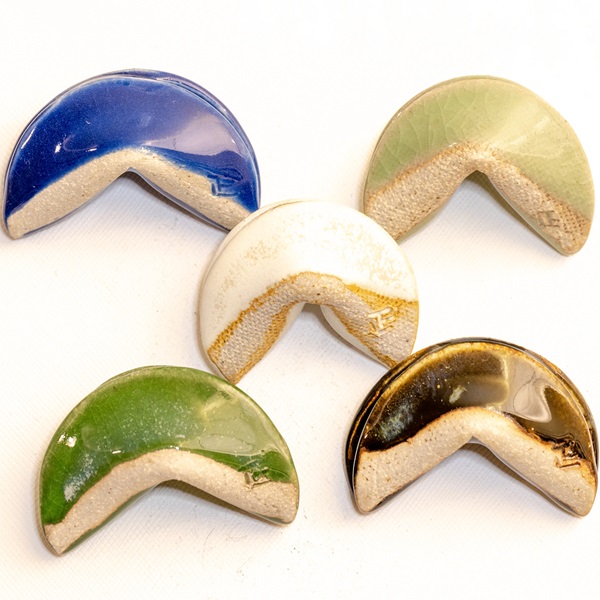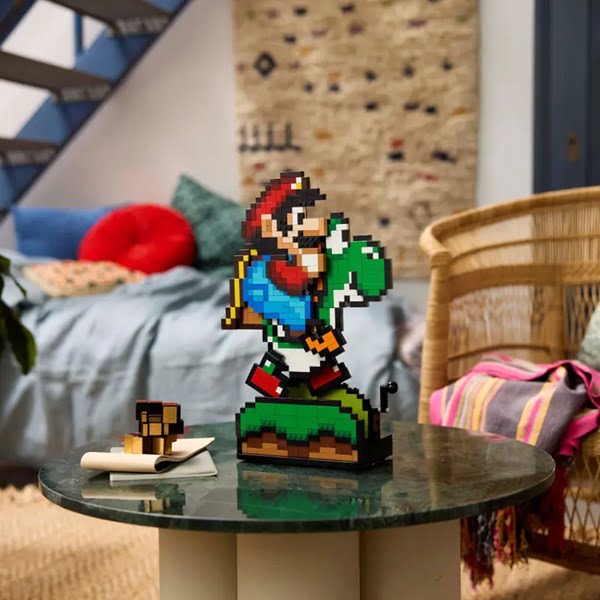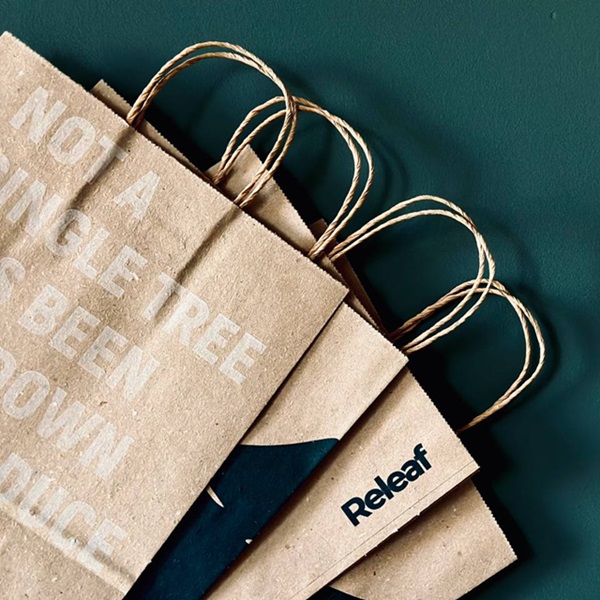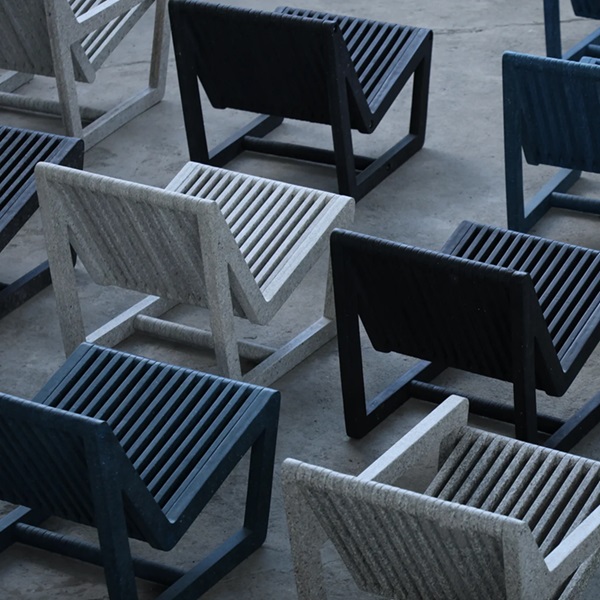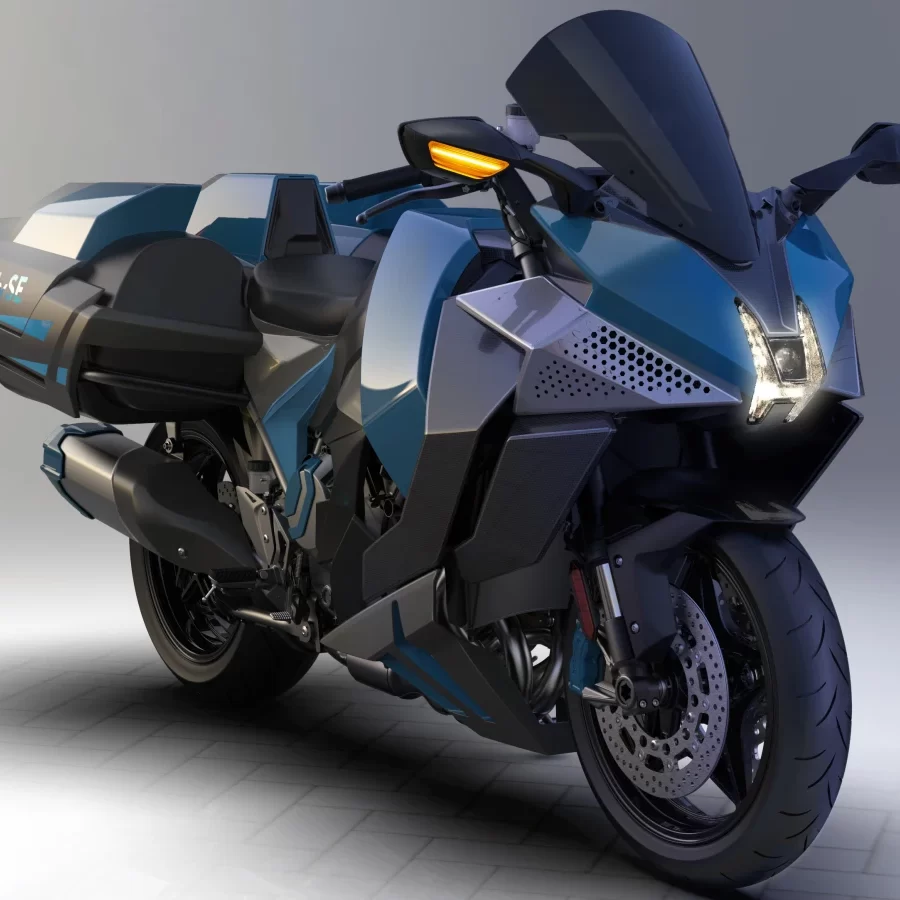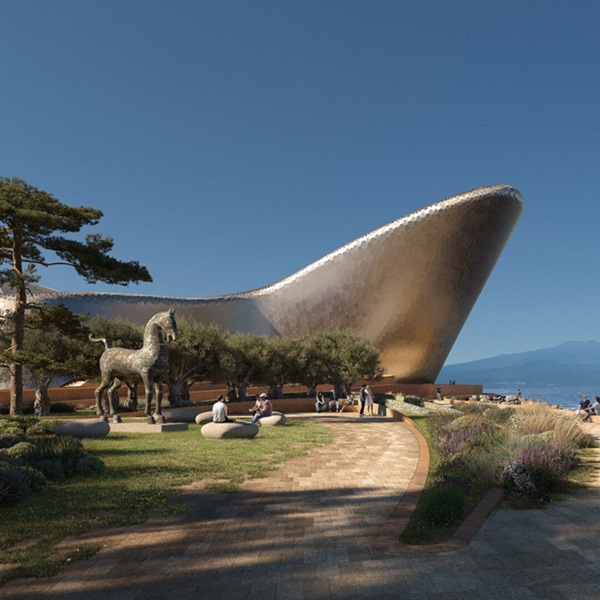
People have been making predictions about what the future would look like for ages. Sadly, they are usually far-fetched or even utopian and society doesn’t seem to keep up with creative wishes. So, are the predictions extremely ambitious or we don’t put enough effort into bringing wild ideas to life? There’s a huge question mark tied to what’s coming in the future. And although cutting-edge technology moves at a fast pace and many ideas that seemed outlandish in the past are more than real nowadays, we shouldn’t be carried away by fantasies because the future might disappoint.
Here’s What People In The 1900s Predicted Our Homes Would Look Like Today
1. Moving House (the 1900s)
Jean-Marc Côté’s prominent collection of cigarette cards, “Houses Moving Along the Country,” was a 19th-century building, imagining what life in the 2000s looked like. was prepared at the beginning of the 20th century.
Those utopian ideas have predicted the social and traveler house version of the architectural trends that we actually see today.

image credit: www.angieslist.com
And also the roof garden is balancing the vehicle’s carbon footprint.
2. Glass House (the 1920s)
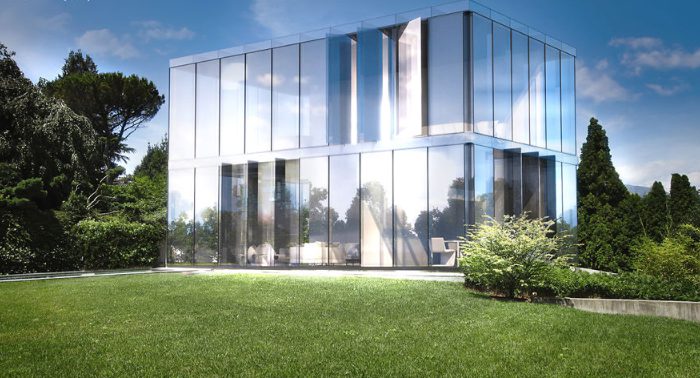
image credit: www.angieslist.com
Vitaglass houses with a special new kind of glass to allow people from the sun to get in with useful rays, giving you all year round the summer season. It has mercury arc lamps within depressing days. Like all the best and new architectural innovations, Vitaglass houses have been tested on monkeys at the city’s zoo.
Because this new popularity could have allowed people to stay out of the house. So, despite the incredible ads that inspired this build, Vitaglass remained a commercial failure. So if you want to feel the ultraviolet rays, you’re going to have to go out.
3. Rolling House (the 1930s)

image credit: www.angieslist.com
In September 1934, Everyday Science and Mechanics Magazine told readers that while it’s not obvious that people are immediately living in a huge hamster ball, round houses will soon be very fashionable.This innovation aims to direct remote structures and new home deliveries.
4. Lightweight House (the 1940s)
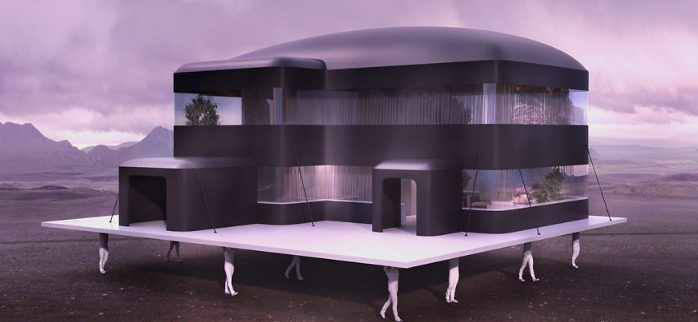
image credit: www.angieslist.com
5. Space House (the 1950s)
In December 1953, the cover of the Journal of Science Fiction Adventures proposed a glass dome — but in space. Puerto Rican cover artist Alex Schomburg’s free-floating snow globes come to be launched into unknown locations as a pop-up spacecraft…
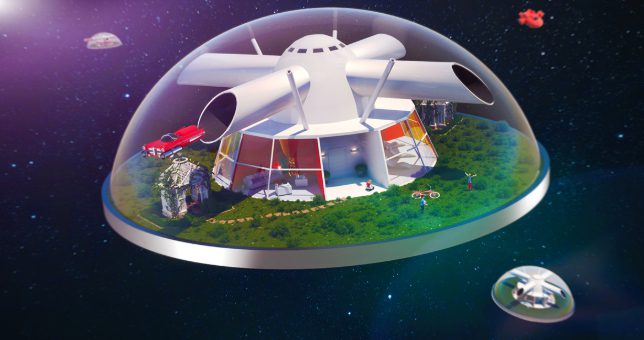
image credit: www.angieslist.com
Interestingly, Schomburg was an artist and company partner in a showcase workshop in the 1920s. The house design contained a layer of glass on two floors: a dome that protects the house from the space atmosphere, and windows from wall to wall, slightly painted outside the house.
6. Dome House (the 1950s)
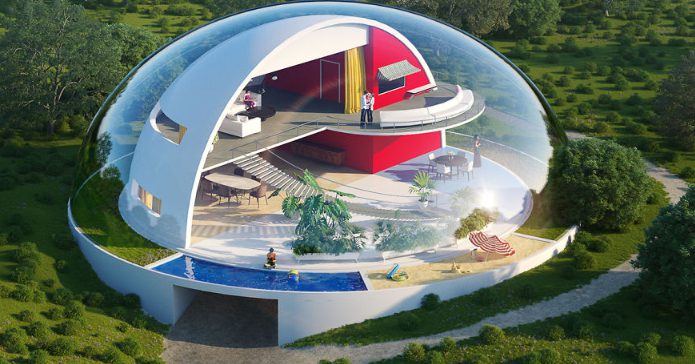
image credit: www.angieslist.com
In the cover story of Mechanix Illustrated’s June 1957 issue: “Current research on solar energy and architecture shows that by 1989 you can live in a house with a complete steel or glass facade.” The Rotating Dome enables homeowners to use the sun’s energy efficiently.
7. Underwater House (the 1960s)
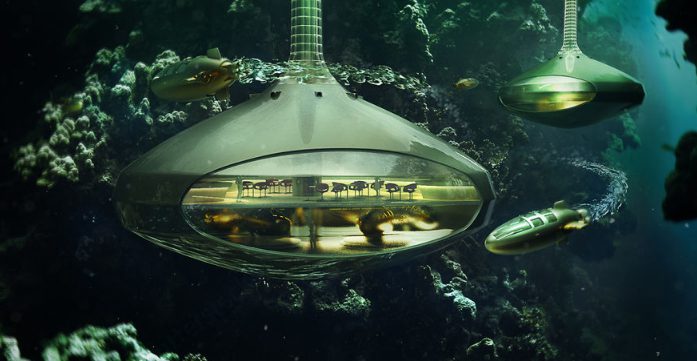
image credit: www.angieslist.com


